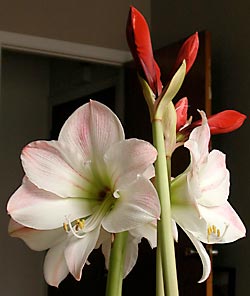This is the time of year to start thinking about what to grow in your vegetable garden this summer. If you’re considering spinach, this informative piece from the National Garden Bureau is a must-read.
Forget Popeye! Spinach contains many more nutrients than just iron. Actually, the amount of iron in spinach comes way down the list after vitamins A and C, thiamin, potassium and folic acid (one of the B complex vitamins). Dark green leafy vegetables, like spinach, contain lutein and zeaxanthin, both carotenoids. Studies show carotenoids help your eyes stay healthy as you age by preventing macular degeneration and the formation of cataracts. Vitamins A and C, both antioxidants, keep your cardiovascular system healthy, thereby reducing the risk of strokes and heart attacks. Folic acid is essential for the production of red blood cells and for normal growth, and may reduce the risk of certain cancers. It’s particularly important for pregnant women.

